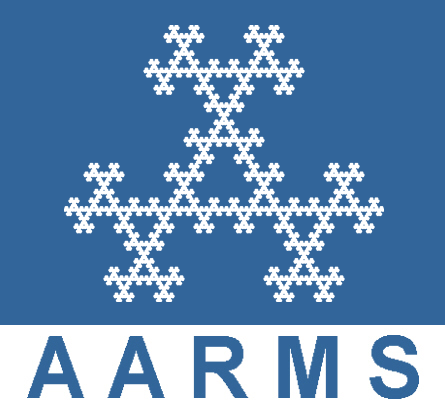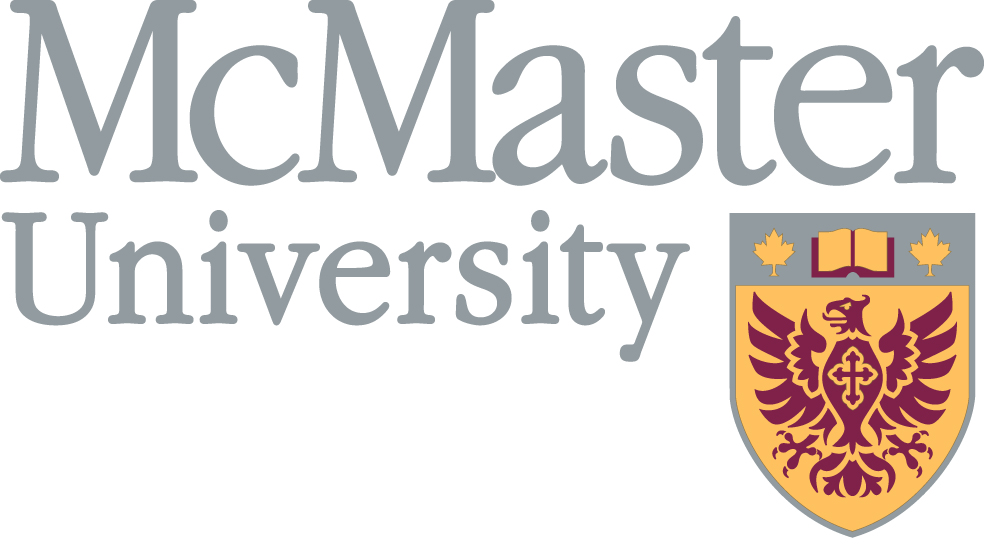Réunion d'hiver SMC 2016
Niagara Falls, 2 - 5 décembre 2016
Org: Jaimal Thind et Maria Wesslén (University of Toronto)
[PDF]
- ALAN ABLESON, Queen's University
Comparing a Lecture-Focused and a Blended Calculus Course [PDF]
-
At Queen's University, we have a lecture-based calculus course for 700 first-year engineers, and a blended/flipped calculus course for 1,300 first-year Arts\&Science students. As the coordinator of both courses, I'll present some of the contrasts between the teaching approaches, and specifically how students respond to them. Results from engagement studies will be included.
- MARITZA BRANKER, Niagara University
Homework Portfolios: Allowing students to critically think about their learning [PDF]
-
This talk will cover a relatively new practice I implemented in my first year calculus courses. My motivation for the change will be discussed, along with my students' initial responses and the impact on their performance in the course. My teaching style has evolved due to the small classes at my institution but I believe this innovation could be successfully implemented in tutorials attached to a large lecture in a typical Canadian university.
- BRIAN FORREST, University of Waterloo
Can digital assets help improve Calculus performance? [PDF]
-
At the University of Waterloo we are in the process of redesigning our Faculty's core courses in Calculus. As part of this process we will be building fully-online versions of these courses. In this talk I will give some insight into why I believe that the digital assets developed for the online courses can play a key role in the success of our new on-campus courses.
- KIMBERLY HERDER, University of Guelph
Facing the Challenges of Entry Level Calculus [PDF]
-
One of the challenges that we face in an entry level Calculus class is the entirely different background and level of preparation that our students come from. Students arrive from different high schools across Canada, or perhaps entirely different school systems from across the world! It is our job to “get everyone on the same page” before we can even hope to discuss Calculus. So how do we ensure that students have the basics down so that they are capable of studying at this higher level? One way that I have helped students to check their basic knowledge is to give them a “Warm up Test”; a short assessment within the first week of class that exactly tests these basics. As beginners to the University scene, this gives students exposure to University testing as well as giving them information about what topics they need to work on.
Contrary to their high school careers where many admit that memorization played a major role in their success, we are obliged to train students how to study productively while encouraging life long learning. With this idea in mind, we will discuss a few methods for combatting the memorization method in favour of strong problem solving skills, and the ability to apply knowledge outside of in-class problems.
- ANDREW MCEACHERN, Queen's University
How to Get an A in Math: An Updated Perspective [PDF]
-
More than a decade ago, Jack Weiner released a 1 page document called "How to Get an A in Math". It was part of the Mathematics Survival Kit, available to first year students taking calculus. Students that followed the recommendations of the document often did get the grade they desired, and from an anecdotal perspective it seems to have been effective in improving success. It has served a couple of generations of students very well, but the document needs to be updated for the age of YouTube, cell phones, blended learning, and current university culture. The creation of a document that captures the spirit of Jack's original while taking this new order into account is my goal. After presenting what Jack has done and what I am hoping to do, I am looking for the input of people who have taught first year calculus to help produce something that other instructors and I can give to a calculus class at the beginning of a semester, that will ease some of the burden on the instructors and facilitate the transition to university calculus.
- DANIEL MCQUILLAN, Norwich University
Please reveal the beauty—do not hide the beauty—of the best theorems of calculus! [PDF]
-
Part I of the Fundamental Theorem of Calculus is a beautiful theorem—yet most of our students do not see it as a spectacular achievement of human imagination. This is due to the fact that almost every introductory course postpones its treatment until after students have been misled to believe that calculus consists primarily of rules for calculating derivatives and anti-derivatives.
This talk is a plea for returning to the once universally accepted axiom that learning is improved when students are offered a deep understanding of the material that they are supposed to master; that language makes more sense when we know what the words mean and that geometric facts become clear when we can look at the right picture. We focus on slight changes to a standard calculus course that introduce the Fundamental Theorem of Calculus early and often, resulting in the communication of its essential meaning. This summarizes work with Darlene Olsen* and Rob Poodiack** at Norwich University, as well as many years of experimenting with calculus teaching going back to last century.
*A Truly Beautiful Theorem: Demonstrating the Magnificence of the Fundamental Theorem of Calculus, D. McQuillan and D. Olsen, Journal of Humanistic Mathematics, Vol. 6, No 2, July 2016, pp. 148-160.
**On the Differentiation Formulae for Sine, Tangent and Inverse Tangent, D. McQuillan and R. Poodiack, College Mathematics Journal, Vol. 45, No. 2, March 2014, pp. 140-142.
- MATT THOMAS AND MEGAN MARTINEZ, Ithaca College
“Points”-less Calculus [PDF]
-
After a set of meetings outlining a set of both content and process learning goals, the calculus 1 instructors decided to reinvent our course. In order to address notions that math problems can be solved “quickly,” we implemented long group-based labs, and made all homework problems context-based. In order to encourage students to revisit and revise prior work, all work would be graded as either correct or incorrect, with no partial credit, allowing for revisions. This was implemented as a part of a specifications/standard based grading scheme, which allowed for grading to be based on specific numbers of tasks accomplished. The homework problems were each designated with learning goals which were provided to the students so they could record which of the learning goals had been completed. This allowed for a much higher degree of transparency in assessment, allowing students to see and participate in the process of analyzing their learning throughout the course. In order to ensure that these changes were not made at the expense of procedural fluency, two gateway exams were created, which students were able to retake until they were successful. To address student beliefs about the nature of mathematics, bi-weekly readings on topics such as growth mindset were assigned for reflection and were discussed during class. In the talk, we will discuss the changes we made, including examples, as well as the results we have seen so far, and initial student impressions, as well as how we envision changing the course in subsequent semesters.
- MARIA WESSLEN AND JAIMAL THIND, University of Toronto
What Next? - A Guided Discussion [PDF]
-
This is an interactive workshop where participants will have the opportunity to share their experiences in teaching first year calculus and addressing student success rates. Discussions centred on a couple of given questions will take place in small groups allowing everyone to participate. Participants will receive feedback and ideas from other instructors on projects that they are implementing, or are considering implementing. A goal of the workshop is to help participants identify promising large scale and small scale initiatives for their own departments, including several which require little or no additional resources.





